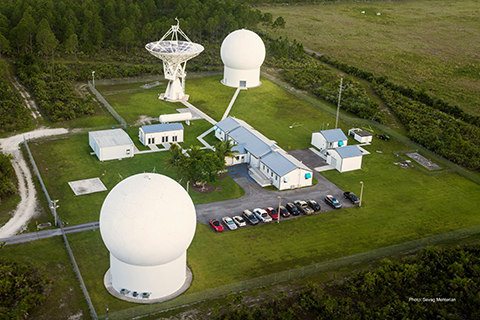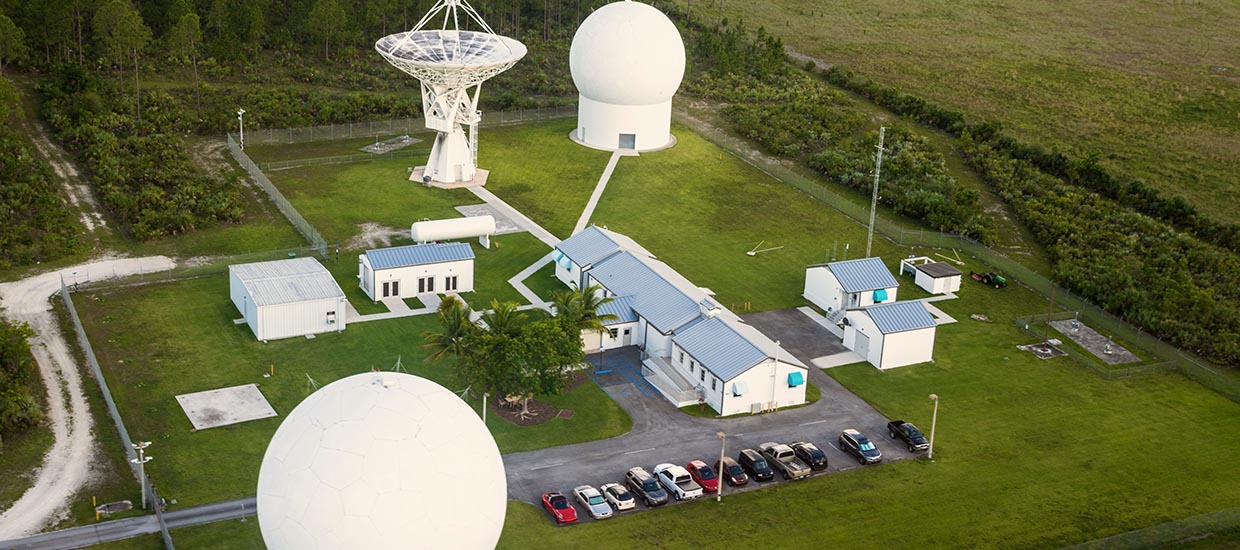The Center for Southeastern Tropical Advanced Remote Sensing is a high-capability receiving and near-real-time analysis facility for low earth orbiting (LEO) satellite data. CSTARS permits a rapid use of civilian synthetic aperture radar (SAR), electro-optical (EO), and other remote sensing satellite data for a variety of users (including government agencies) and applications.
CSTARS utilizes rapid data access to enable fast response for time-critical operations and asset allocations. It enhances the nation’s homeland defense and environmental security by enabling advanced ship detection and classification capabilities, rapid assessment of damage from storms and other natural disasters, and the detection and locating of sources of pollutants and targets in specific areas of interest.
CSTARS can provide timely information on environmental conditions during severe storms such as hurricanes, extensive flooding of rivers and coastal regions, and other natural hazards. As leading center for environmental remote sensing in the southeastern U.S., CSTARS is capable of receiving, processing, and providing large volumes of satellite data, in particular SAR images covering more than 2,500 km on the ground in single-beam mode or combinations of multiple scenes with different beam modes, within 30 minutes of capture.
CSTARS can receive data from satellites about 2.5° above the horizon. While images of this direct visibility domain can be downlinked as they are acquired, images of other regions around the world can be obtained by using a "store and forward" concept. The variety of data available through CSTARS and of the related research projects give graduate students of Rosenstiel School a great opportunity to get involved in the latest developments in the field of ocean and ice remote sensing and to get in touch with research partners and users from all over the world.





